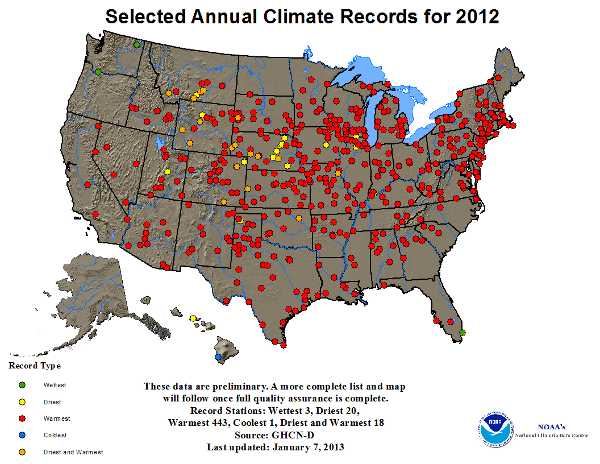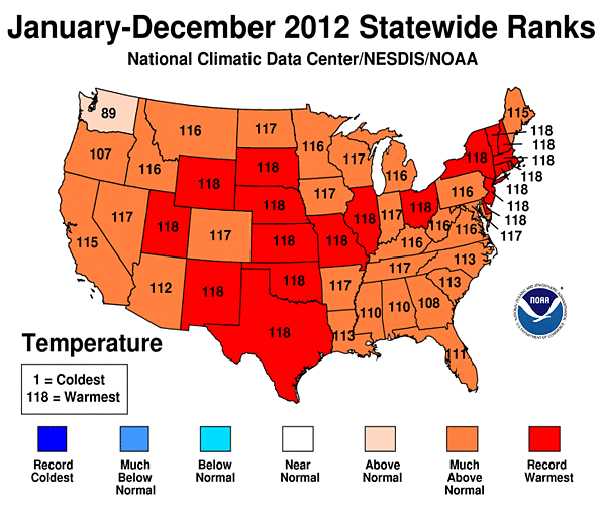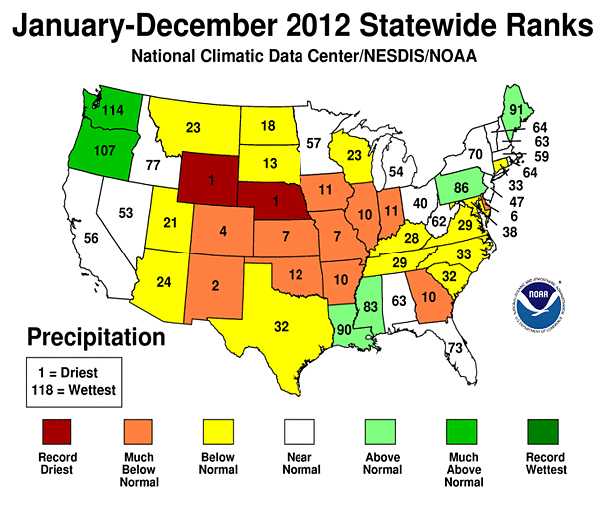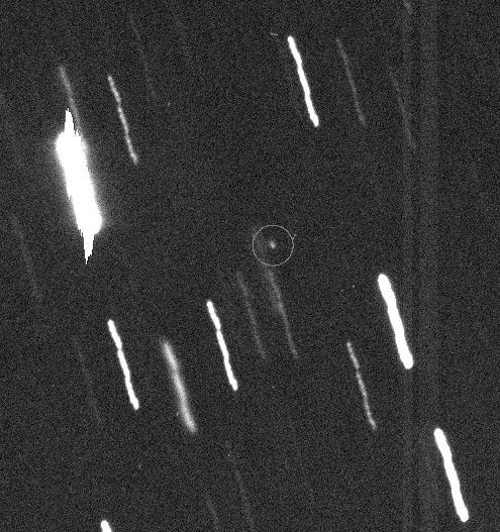- Elizabeth Larson
- Posted On
State commission to consider threatened or endangered species for West Coast's great white sharks
The California Fish and Game Commission will consider a petition to give threatened or endangered species status to the West Coast great white shark population at its meeting early next month.
The commission meeting will be held Wednesday, Feb. 6, and Thursday, Feb. 7, in the Natural Resources Building, First Floor Auditorium, 1416 Ninth St., Sacramento.
At that time, the commission may take action on whether or not to accept the petition and declare the Northeast Pacific population of great white shark, Carcharodon carcharias, as a candidate for future threatened or endangered species status under the California Endangered Species Act.
If the petition is accepted, the commission will start a one-year status review before a decision on listing is made, state officials reported.
In preparation for the meeting, the California Department of Fish and Wildlife released a staff evaluation of the listing petition, which is available at http://dfg.ca.gov/news/pubnotice/ or can be seen below.
In completing the petition evaluation, CDFW determined there is sufficient scientific information to indicate that the petition action may be warranted, and recommended the petition be accepted and considered by the California Fish and Game Commission.
Last August, Oceana, the Center for Biological Diversity and SharkStewards filed a scientific petition with the National Marine Fisheries Service in Washington, D.C., seeking to protect the West Coast population of great white sharks under the Endangered Species Act, filing shortly thereafter to seek protection for the apex predator under California’s Endangered Species Act.
The groups cited as impetus for the petitions findings that showed the unique West Coast white shark populations to be “alarmingly low” and on the brink of extinction.
A chief danger to the sharks that the groups cited was the use of gillnets, which it was estimated account for more than 80 percent of captures of young white sharks in nursery areas, where the juvenile sharks are taken as bycatch during commercial fishing.
Other challenges for young white sharks include mercury levels – the groups said the sharks have been found to have mercury levels that are the second-highest worldwide – and the highest levels observed globally of contaminants PCB and DDT in liver tissue.
The West Coast great white sharks, according to the petition, are genetically distinct and isolated from all other great white sharks around the globe.
The Northeast Pacific great white shark population extends from Mexico north to the Bering Sea and west to Hawaii, with the petition explaining that they are found primarily from Mexico to Oregon, both inshore and offshore areas, and from the continental shelf west to a common foraging area between the West Coast of North America and Hawaii known as the Shared Offshore Foraging Area, or SOFA.
The SOFA is described in the petition as a “vast area of deep open water habitat” shared by great white sharks from both central California and Guadalupe Island, Mexico. During the sharks' offshore migration adults from the Northeast Pacific shark population spend from six to 16 months feeding in the area.
The petition estimated that there are 339 adult and sub-adults in the great white shark's Northeast Pacific population.
Great white sharks’ survival outlook is made more challenging because, as the documents point out, they are low in abundance, late to mature and have few offspring.
The state's analysis found the petition’s great white shark population estimate to be based “on debatable assumptions such as a closed population at one of the aggregation sites,” and goes on to point out that there is no population trend information available for the Northeast Pacific shark group.
California gave great white sharks special protected status in 1994, with new laws instituted at that time that prohibited the sharks from being taken except by special permit granted by the state. Commercial take also was prohibited except for state permitted scientific and educational purposes.
The laws, however, allow for incidental take of the sharks by roundhaul or gill nets, and any sharks landed live may be sold for scientific or live display purposes, although a state permit is required, the petition analysis documents explain.
Check the commission Web site, www.fgc.ca.gov , for more information.
Email Elizabeth Larson at This email address is being protected from spambots. You need JavaScript enabled to view it. . Follow her on Twitter, @ERLarson, or Lake County News, @LakeCoNews.












.jpg)





















